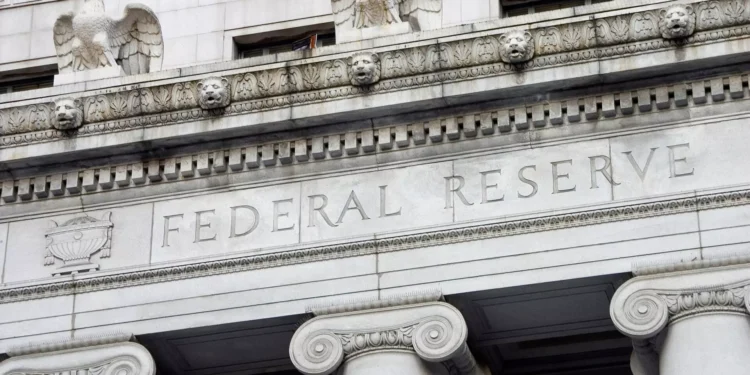The U.S. Federal Reserve is gearing up to lower interest rates during its upcoming meeting next Wednesday. This would mark the first decrease since March 2020. The expected action is driven by a notable reduction in inflation rates.
For context ahead of next week’s #FederalReserve policy assembly:
Expectations regarding interest rates, especially in relation to market predictions.
Further insights into market pricing.
The latest macroeconomic outlook from the Fed.
Stay tuned for updates.#economy pic.twitter.com/JegasOq9EU— Mohamed A. El-Erian (@elerianm) September 11, 2024
The annual rise in the Consumer Price Index (CPI) has decreased to just 2.5%. This figure is nearly at the Fed’s goal of 2%. Various factors contributed to a substantial inflation surge during the COVID-19 pandemic.
Current expectations for Federal Reserve Rate Cuts…
-Sep 18, 2024: 25 bps reduction to 5.00-5.25%
-Nov 7, 2024: 50 bps reduction to 4.50-4.75%
-Dec 18, 2024: 25 bps reduction to 4.25-4.50%
-Jan 25, 2025: 50 bps reduction to 3.75-4.00%
-Mar 19, 2025: 25 bps reduction to 3.50-3.75%https://t.co/l5IYmkf6Ih pic.twitter.com/Y2wZRHE4r5
— Charlie Bilello (@charliebilello) September 12, 2024
Among these were increased government expenditure, extremely low interest rates, a swift rise in the money supply, and supply chain disruptions.
Are rate reductions a guaranteed boost for equities? Not if they occur alongside an economic slowdown and declining profits. Join me tomorrow at 2pm EST for a live discussion w/ @ycharts on rate cuts, recessions, and more.
Register here, open for everyone: https://t.co/UtUTgsm1kJ pic.twitter.com/hptHhrt1Sh
— Charlie Bilello (@charliebilello) September 11, 2024
In response, the Fed incrementally raised the federal funds rate over 18 months, reaching a range of 5.25% to 5.50%. This vigorous rate increase strategy seems to have successfully mitigated inflation pressures.
Recent economic indicators suggest that further modifications may be essential. The Fed has conveyed intentions to implement a rate cut during its upcoming two-day meeting scheduled for September 17-18. This potential decrease might lead to noteworthy changes in the stock market.
A larger increase in cyclically-sensitive shelter prices seen in August will complicate Fed officials’ hesitation regarding initiating rate cuts with a 50 bps decrease next week https://t.co/epDri2sS7f
— Nick Timiraos (@NickTimiraos) September 11, 2024
Typically, lowering interest rates is favorable for stocks over the long haul, as it lowers borrowing expenses for companies, potentially enhancing their earnings.
Fed hints at possible rate reduction
Moreover, reduced rates diminish the appeal of risk-free assets such as cash, prompting a shift in investment towards stocks.
However, historical patterns indicate that the beginning of a rate-cutting cycle can initially correlate with stock market declines. This was evident during the tech crash of the early 2000s, the financial crisis in 2008, and the pandemic in 2020. Economic disruptions during those times were typically key drivers behind market downturns, rather than the cuts themselves.
Currently, there are no apparent signals of an approaching crisis, although the U.S. economy is showing signs of deceleration. The unemployment rate has climbed to 4.2% from 3.7% earlier this year. Should this trend persist, it may dampen consumer spending and increase recession risks.
The Federal Reserve, which is responsible for maintaining a balance between controlling inflation and ensuring acceptable unemployment levels, will have to navigate these complexities with caution. At the recent Jackson Hole Economic Symposium, Fed Chair Jerome Powell underscored the importance of adjusting policies in response to lessening inflation risks and rising employment market uncertainties. Next week’s meeting will present the first chance for Powell and the Fed to take action on this viewpoint by potentially enacting a rate cut.
While a rate reduction may initially signal a downturn for the stock market, historical evidence indicates that the S&P 500 has routinely reached new peaks over time. Investors should brace for some immediate volatility but can remain hopeful for long-term growth opportunities. The Federal Reserve’s decisions will be under close scrutiny as they could influence market dynamics in the months ahead.


